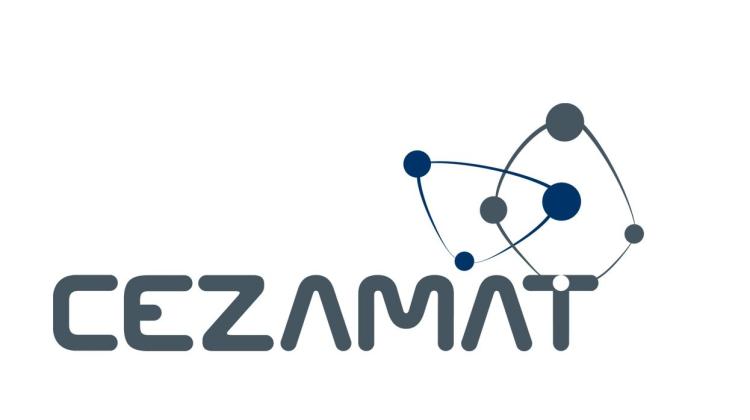08.06.2012
change 08.06.2012
Detectors from the Warsaw institute on the trail of an unknown element
 PAP Aamon - Fotolia /
PAP Aamon - Fotolia /
The experiment, one of whose purposes is to produce the first nuclei of yet undiscovered element with atomic number 120, involves alpha particle silicon detectors developed and built at the Institute of Electron Technology in Warsaw (ITE).
<P>ITE representatives explained in a release sent to PAP that alpha particle silicon detectors are already used by important nuclear research centres. They helped, for example, in the discovery of heavy atomic nuclei, including one of the isotopes of element 112 (Copernicium, Cn) and three isotopes of element 108 (Hassium, Hs).</P> <P></P> <P>Now, the detectors are used in the experiment at the German Institute for Heavy Ion Research in Darmstadt. The purpose of the experiment is to learn the physical and chemical properties of elements with atomic numbers above 104, and for the first time produce nuclei of the element with atomic number 120.</P> <P></P> <P>ITE representatives noted that the invention had been recognised in the competition "Polish Product of the Future," and received Gold Medal in the category of "Science for the economy" at Poznan International Fair in May. The detector involved in this experiment has been developed and produced by Polish researchers in collaboration with researchers from the German Institut fur Radiochemie – Technische Universitat Munchen (IR TUM). The head of the team developing the ITE silicon detectors is Eng. Maciej Węgrzecki.</P> <P></P> <P>ITE reported that in 2009 in Darmstadt detectors registered a record number of nuclei of isotopes 288 and 289 of element 114 (flerovium, Fl) in a single experiment. The results obtained using the ITE detectors have been the subject of several frequently cited publications in refereed journals, including "Nature". The studies described in these publications had an impact on recognising elements with atomic numbers 112 and 114 as existing and entering them into the periodic table. </P> <P></P> <P>Alpha particle detectors are manufactured at ITE on appropriately designed silicon plates. When a nuclear particle passes through the detector, it causes current flow. Recent ITE detectors are two-sided: they have two parallel detection surfaces, each covered with 16 semiconductor strips. The surfaces are twisted relative to each other so that researchers can determine exactly at the intersection of which strips the particle has passed.</P> <P></P> <P>16-strip silicon detectors were provided by ITE to the GSI facility in Darmstadt in January. On site they were installed in the Focal Plane Detector Box (FPDB), operating in the TASCA ion separator. The walls of the FPDB device have been covered with eight two-sided strip detectors and two single-sided eight-strip detectors.</P> <P></P> <P>Institute of Electron Technology specializes in manufacturing advanced semiconductor devices. The first such structures, avalanche photodiodes, were built at ITE in the 1990s. In later years, in collaboration with the Institut fur Strahlenschutz, Helmholtz Zentrum Munchen, ITE designed and built detectors for portable neutron dosimeters, recording neutrons in a wide energy range. On commission and in cooperation with the IR TUM, ITE also built 64-piece chromatographic matrices used for fundamental research on transactinide elements. In Darmstadt the matrices allowed to register the full decay chains of heavy elements, such as Hassium. </P> <P></P> <P>PAP - Science and Scholarship in Poland</P> <P></P> <P>lt/ agt/</P> <P></P> <P>tr. RL</P>
 PAP Aamon - Fotolia /
PAP Aamon - Fotolia /
















